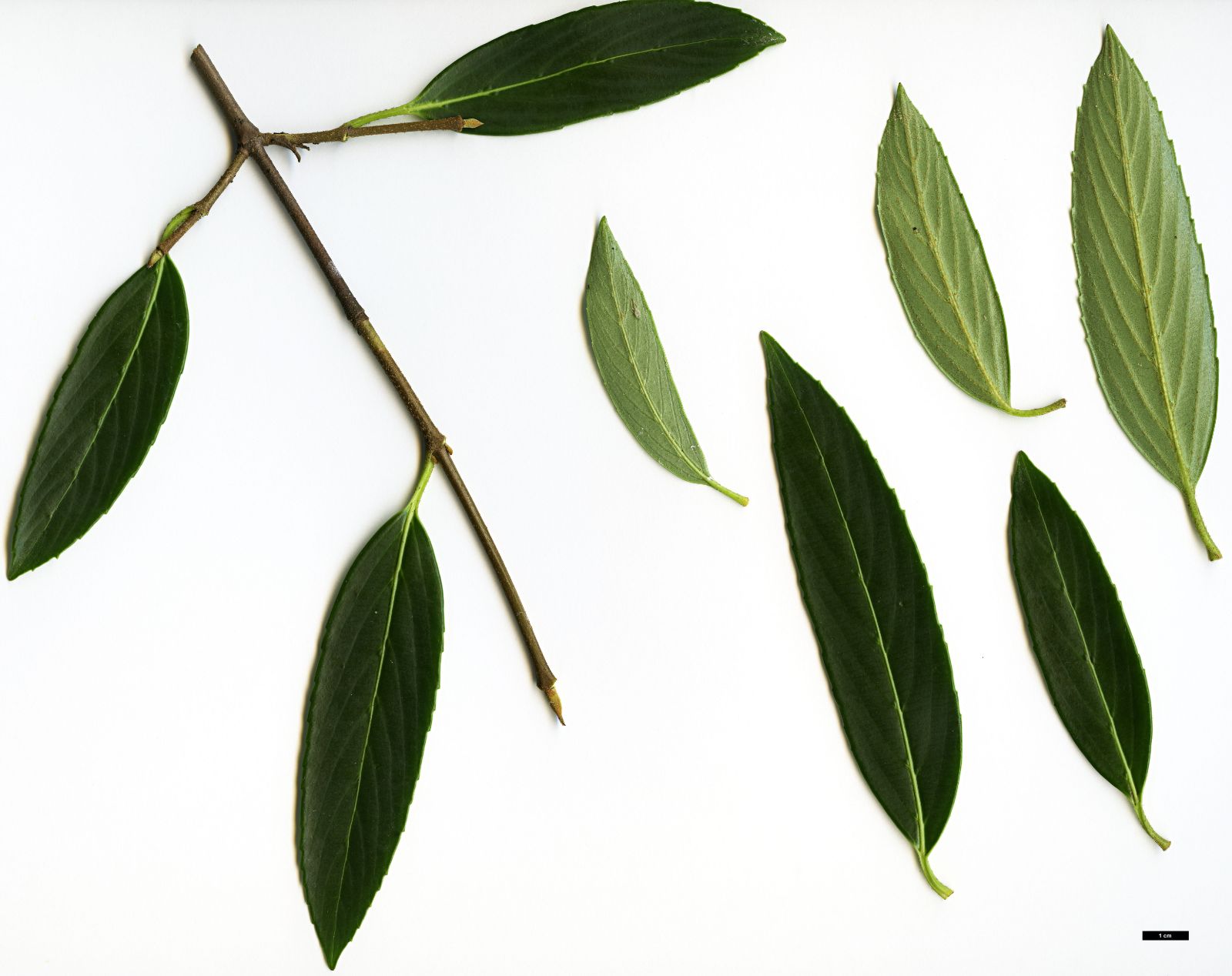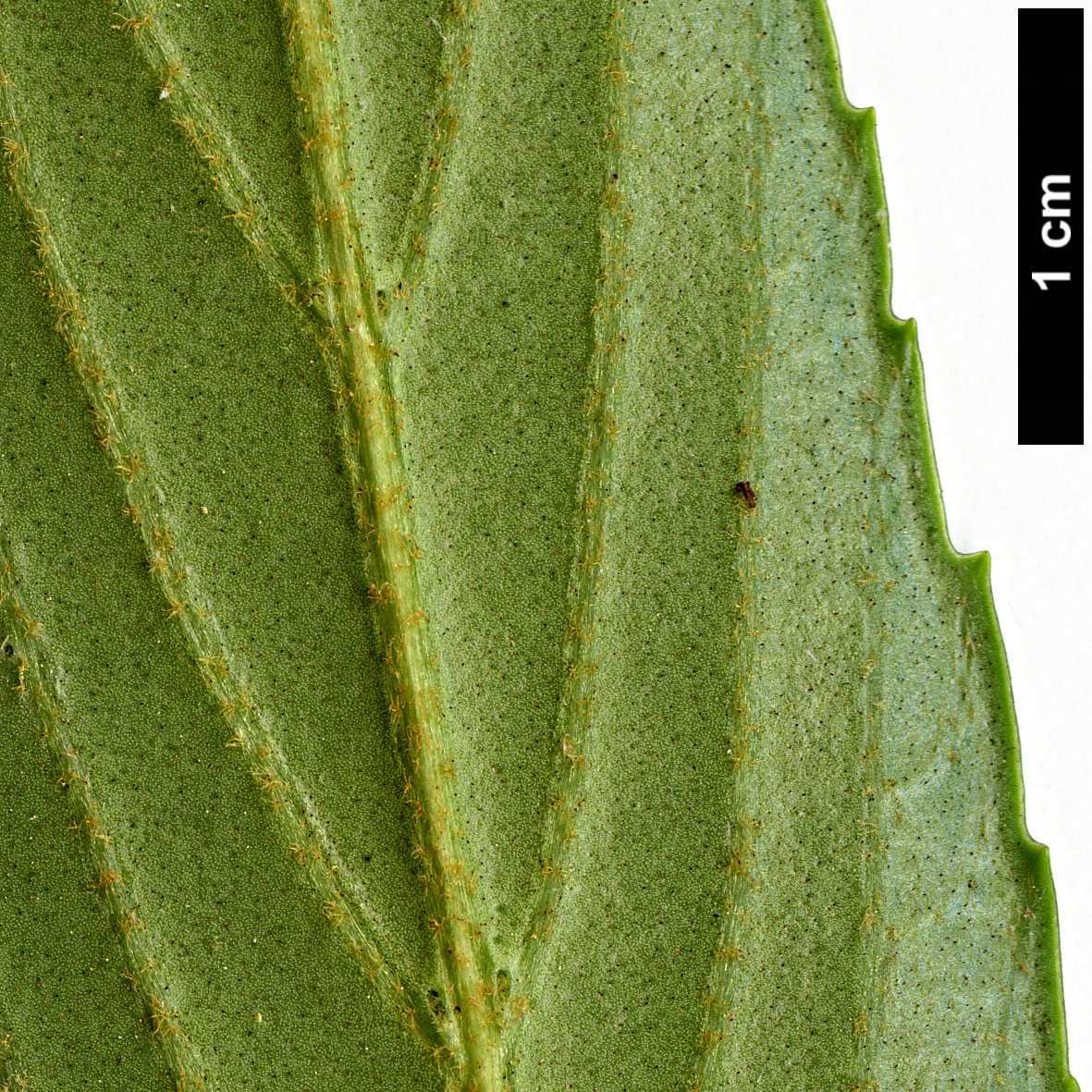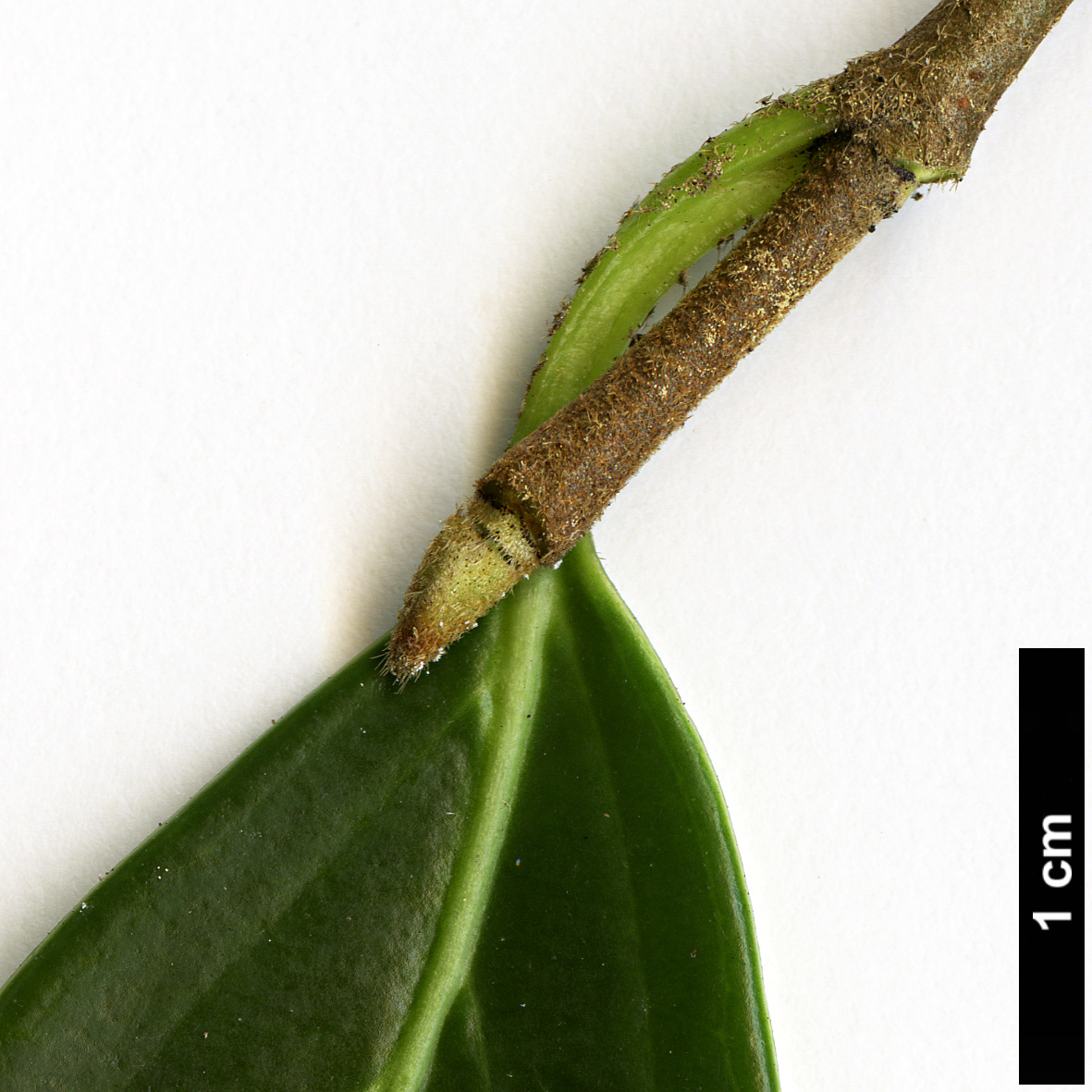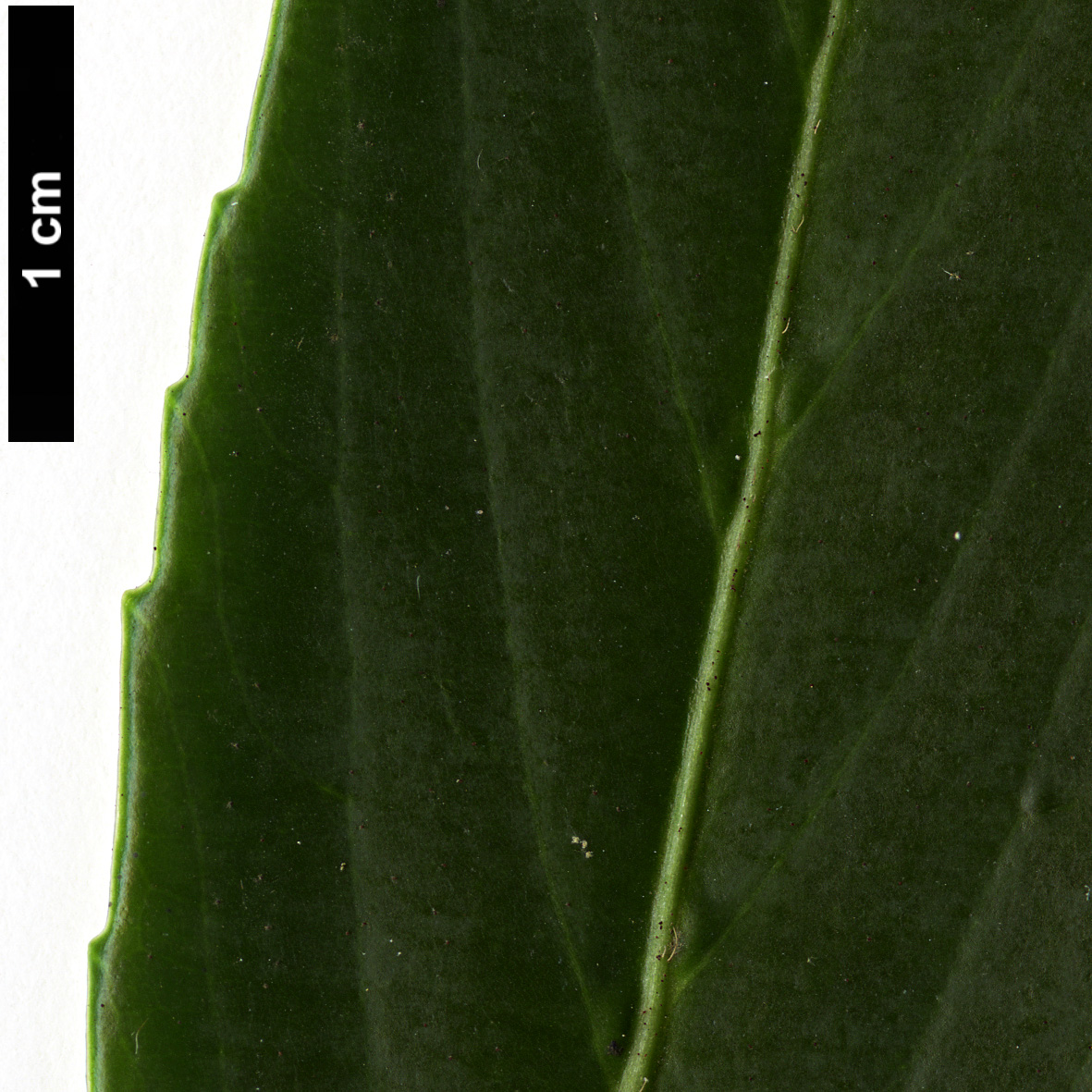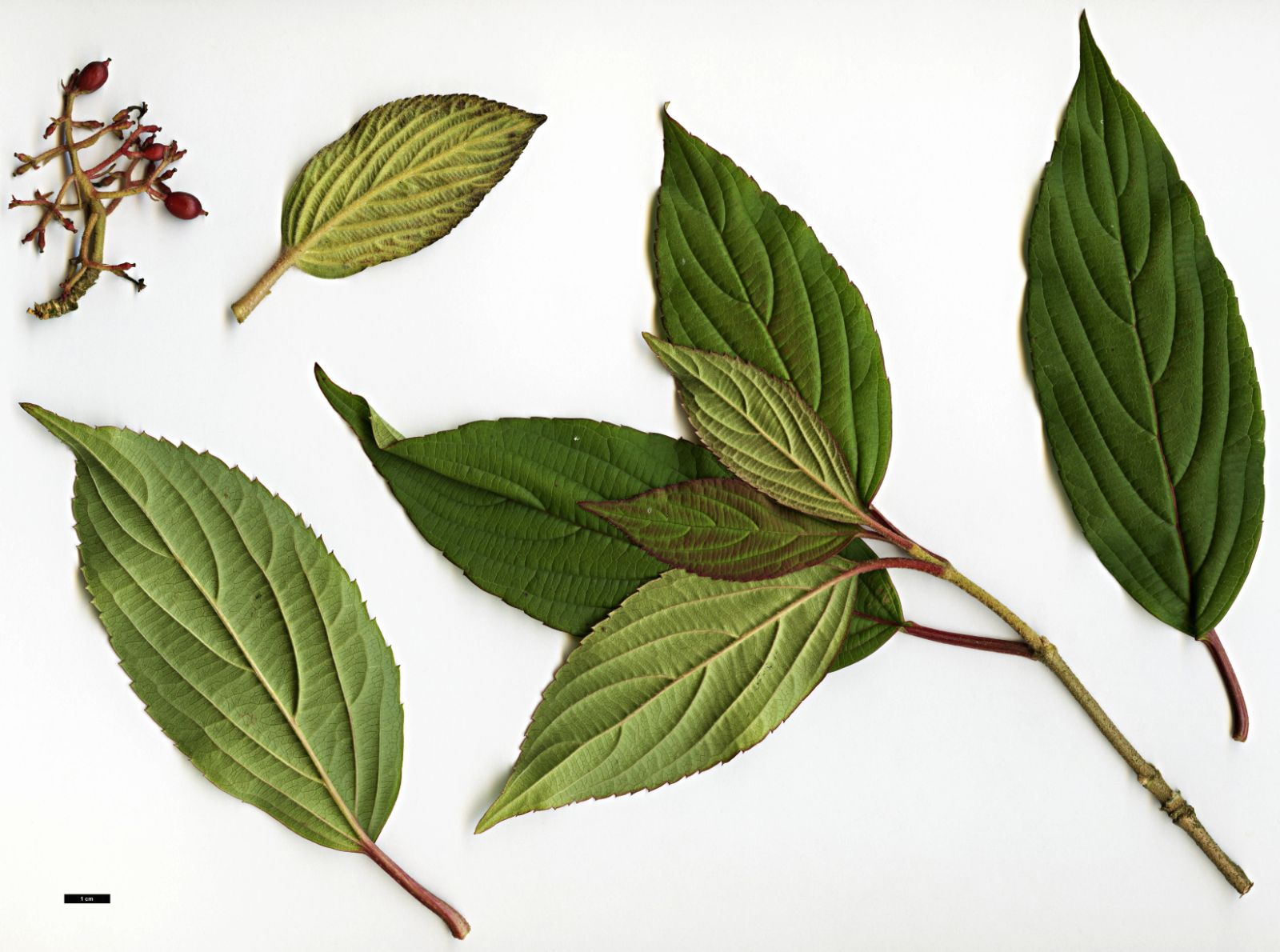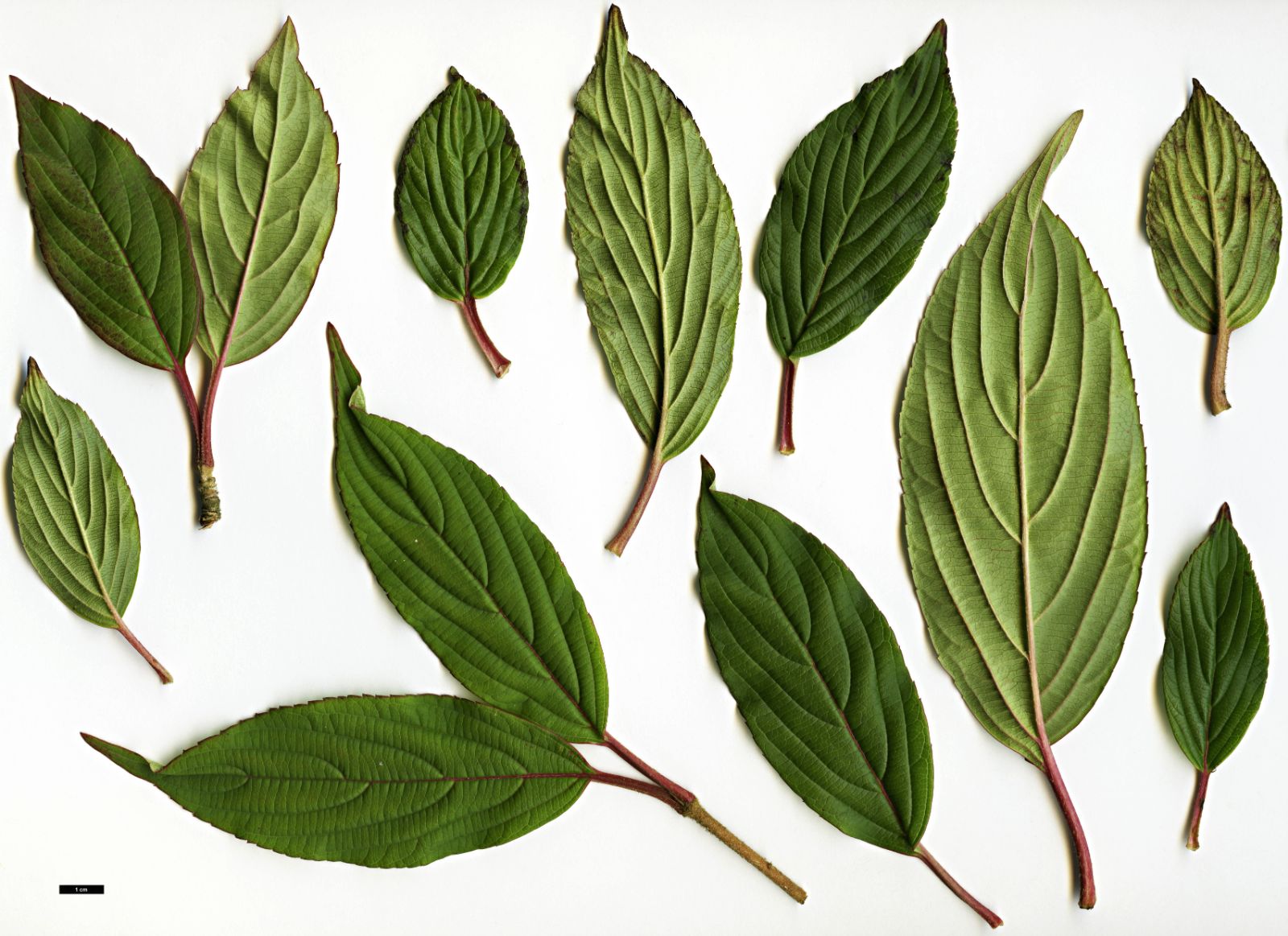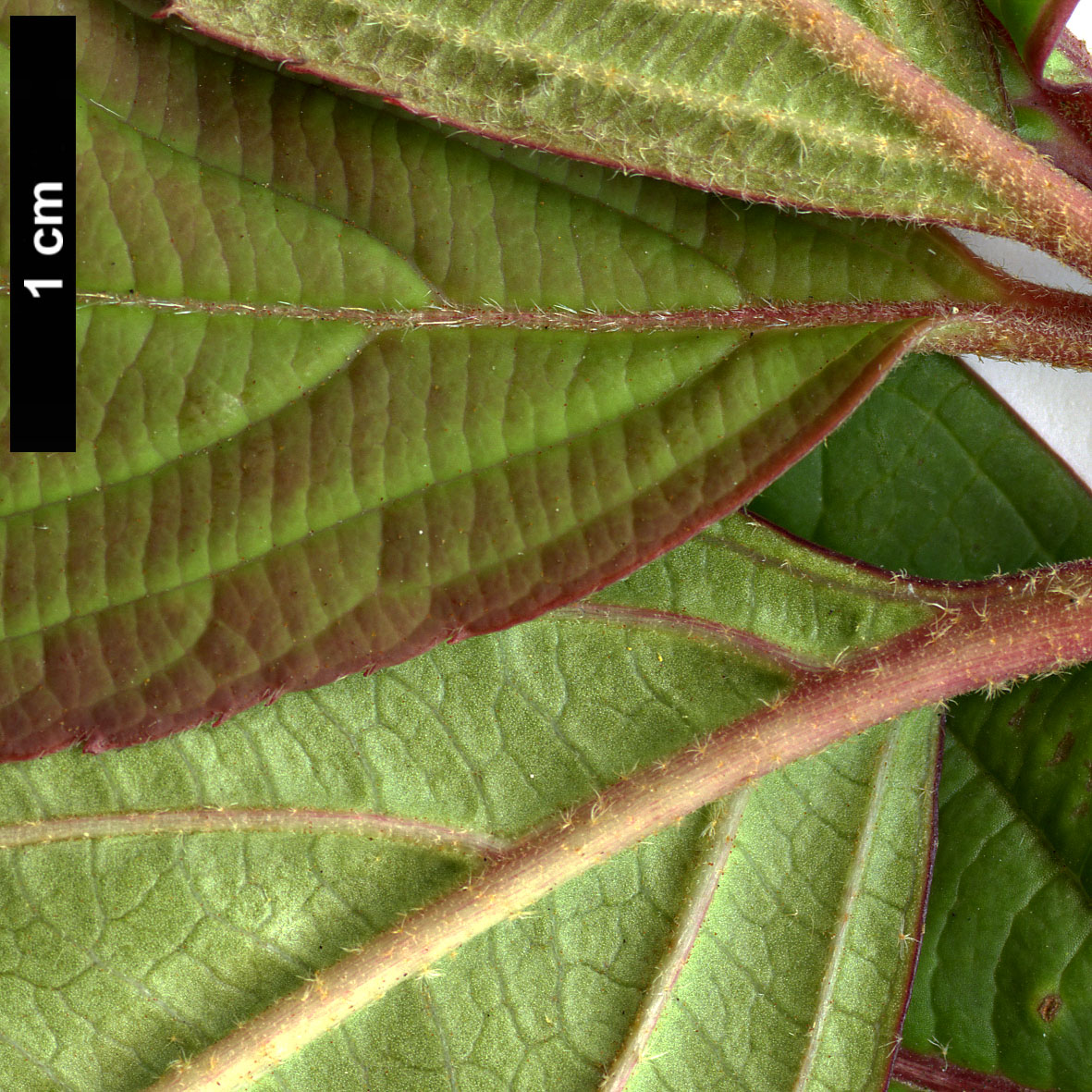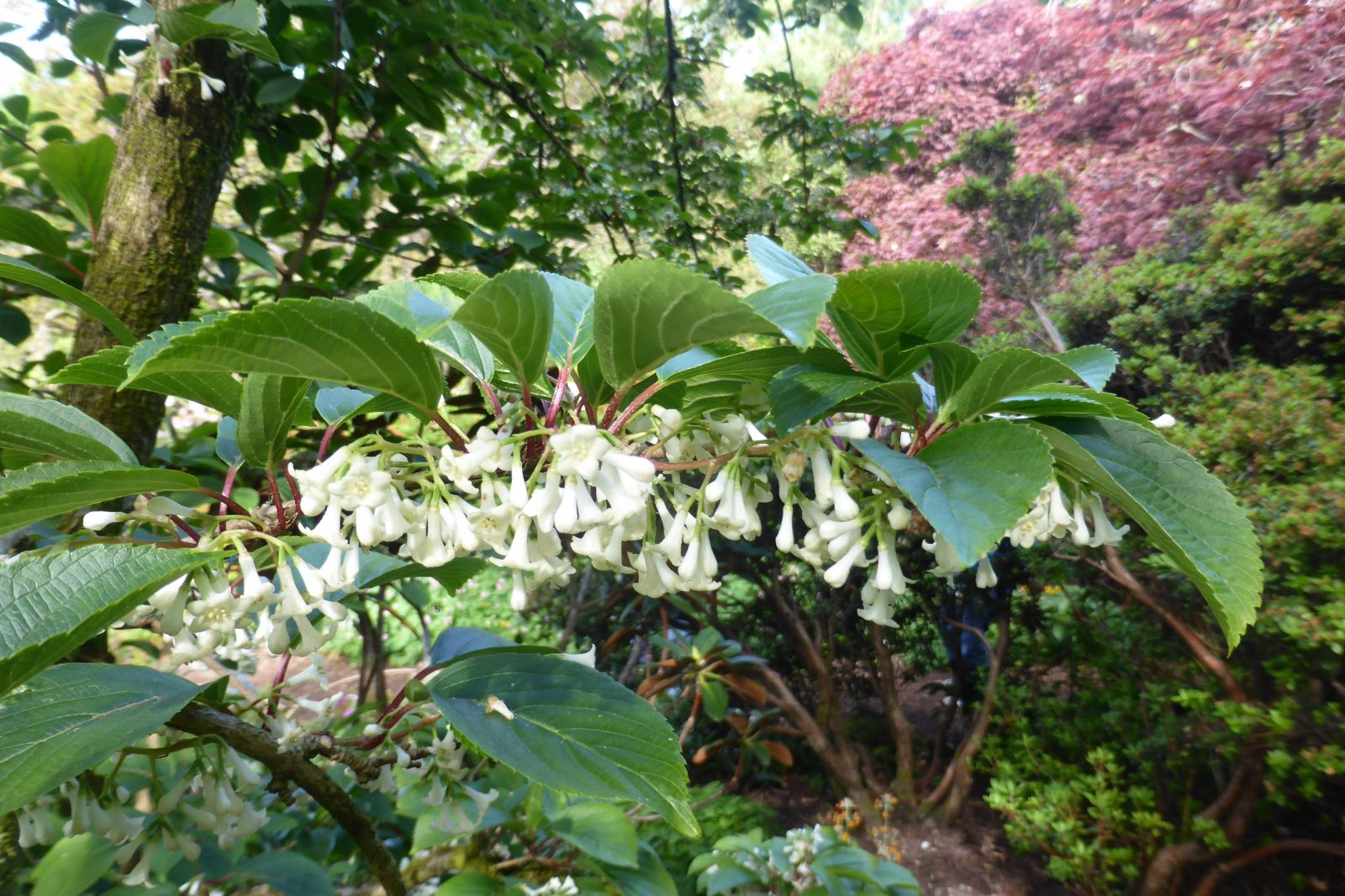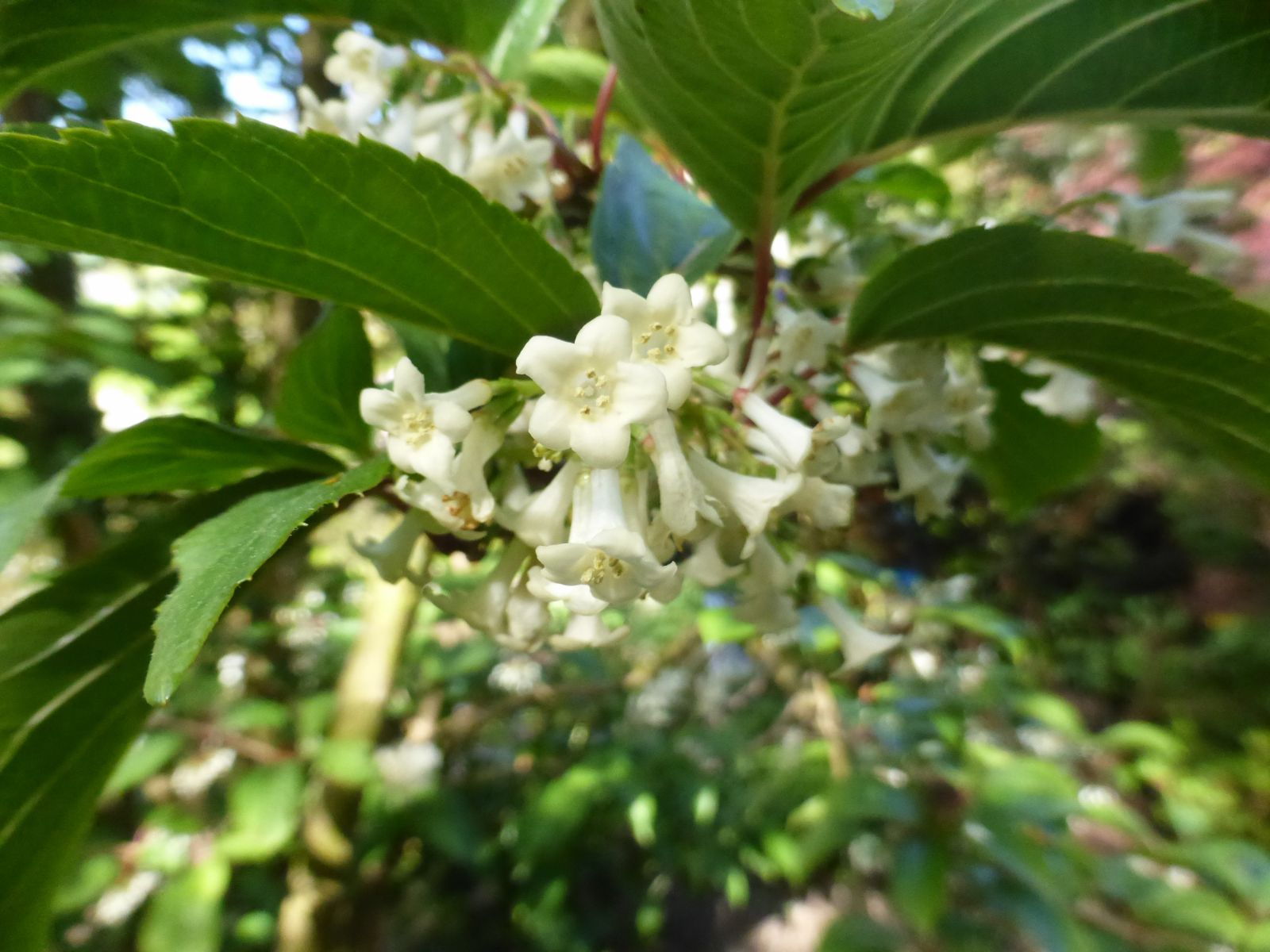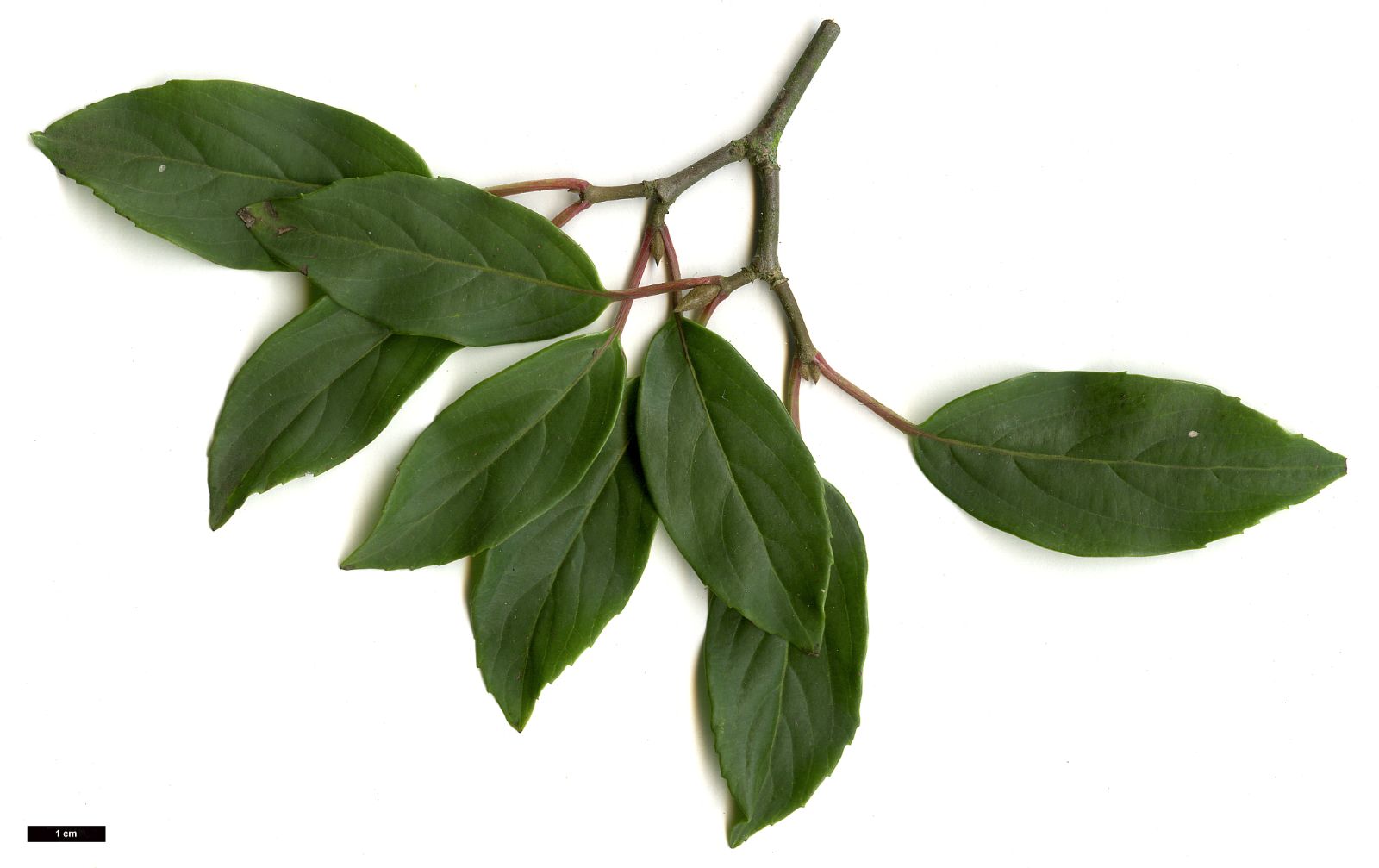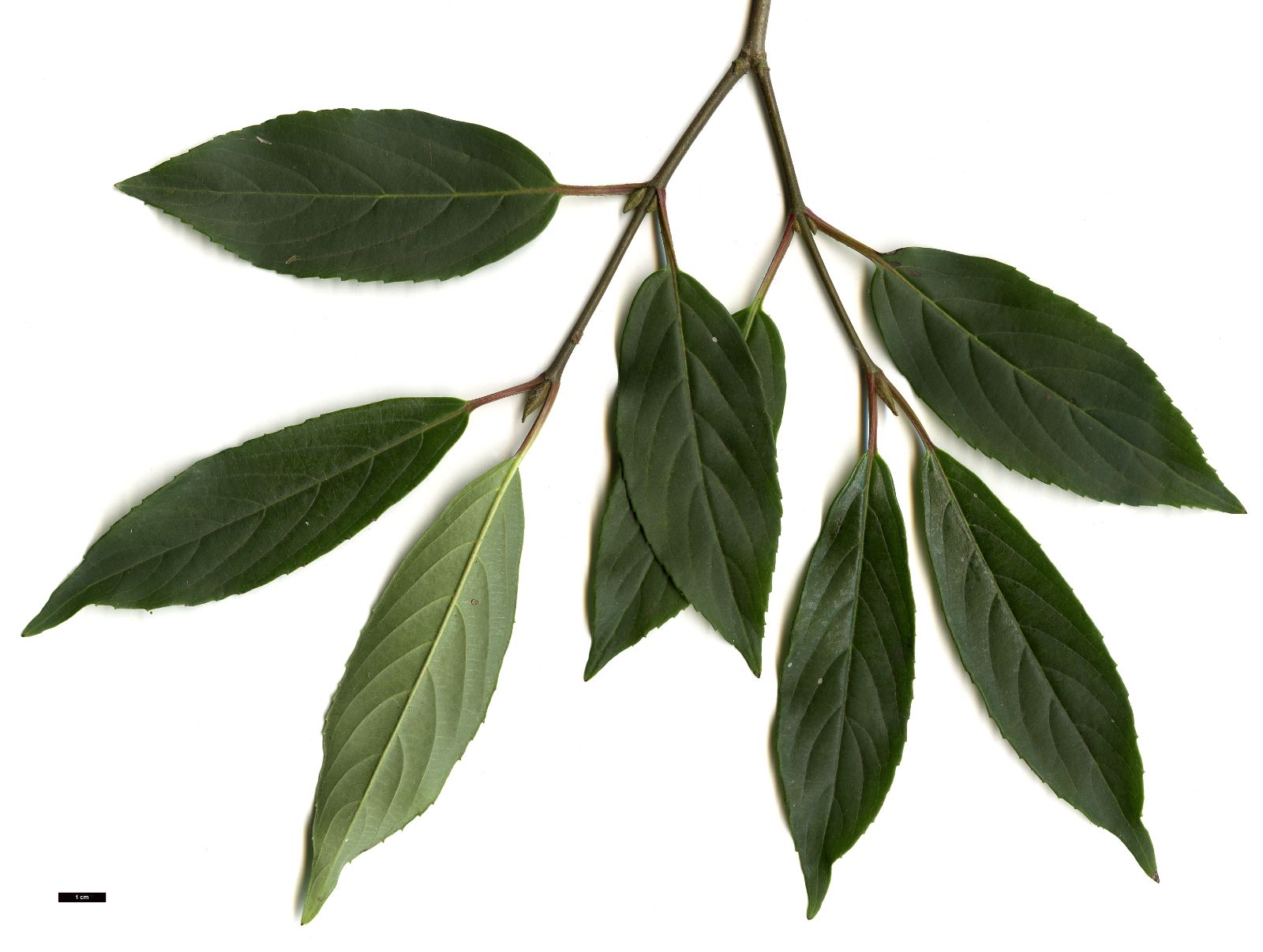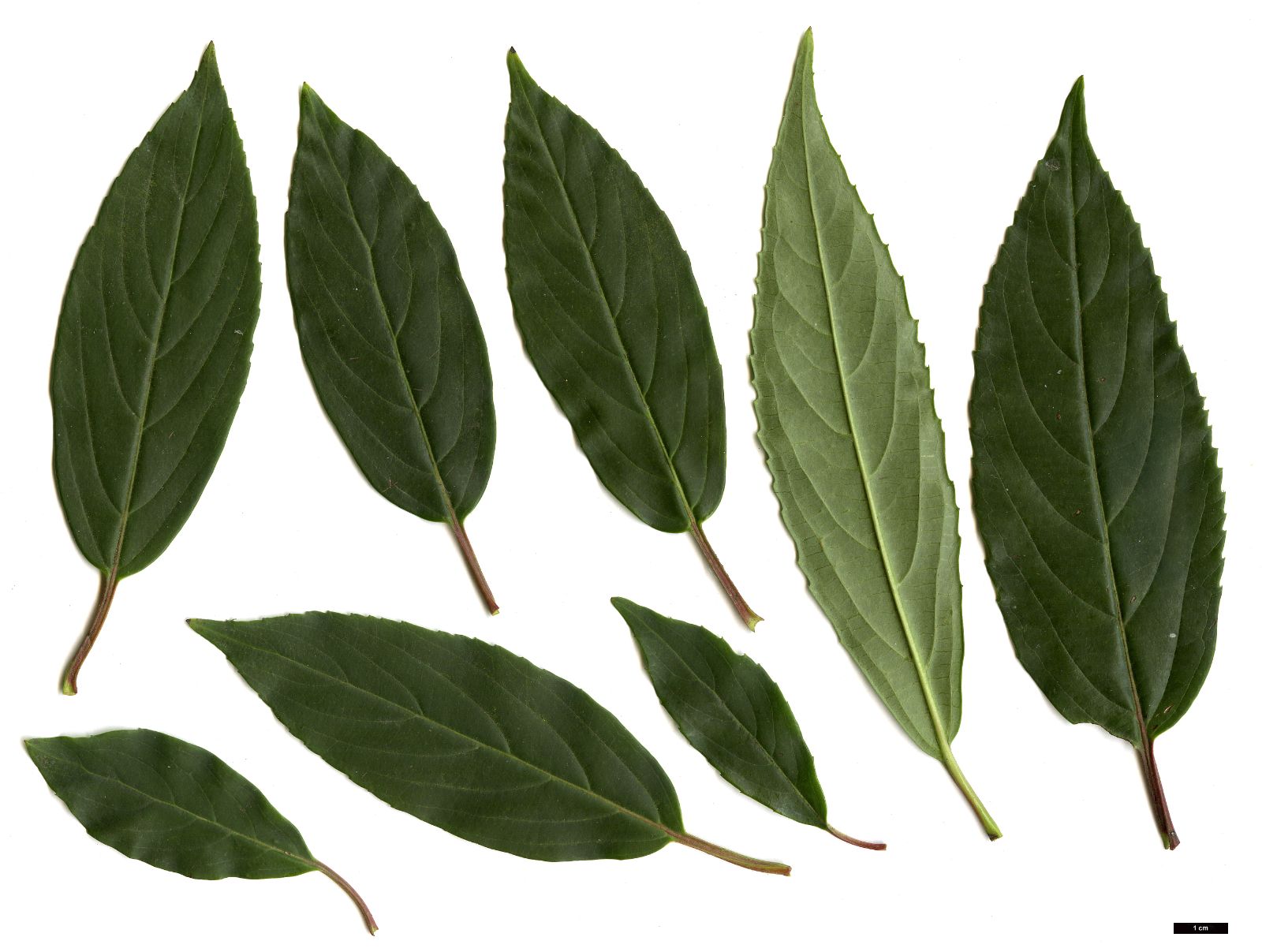Viburnum henryi
Credits
Article from Bean's Trees and Shrubs Hardy in the British Isles
Recommended citation
'Viburnum henryi' from the website Trees and Shrubs Online (treesandshrubsonline.
Genus
Infraspecifics
Other taxa in genus
- Viburnum acerifolium
- Viburnum betulifolium
- Viburnum × bodnantense
- Viburnum buddleifolium
- Viburnum burejaeticum
- Viburnum × burkwoodii
- Viburnum × carlcephalum
- Viburnum carlesii
- Viburnum cassinoides
- Viburnum cotinifolium
- Viburnum cylindricum
- Viburnum davidii
- Viburnum dentatum
- Viburnum dilatatum
- Viburnum erosum
- Viburnum farreri
- Viburnum foetidum
- Viburnum grandiflorum
- Viburnum harryanum
- Viburnum hupehense
- Viburnum japonicum
- Viburnum kansuense
- Viburnum lantana
- Viburnum lantanoides
- Viburnum lentago
- Viburnum macrocephalum
- Viburnum molle
- Viburnum nudum
- Viburnum odoratissimum
- Viburnum opulus
- Viburnum phlebotrichum
- Viburnum plicatum
- Viburnum propinquum
- Viburnum prunifolium
- Viburnum rhytidophyllum
- Viburnum rigidum
- Viburnum rufidulum
- Viburnum schensianum
- Viburnum setigerum
- Viburnum sieboldii
- Viburnum suspensum
- Viburnum tinus
- Viburnum utile
- Viburnum veitchii
- Viburnum wilsonii
- Viburnum wrightii
An erect, evergreen shrub becoming 10 ft high, and having a tree-like habit; branchlets stiff, glabrous. Leaves narrowly oval, oblong or obovate, 2 to 5 in. long, 1 to 13⁄4 in. wide, shortly pointed, wedge-shaped or rounded at the base, shallowly toothed, dark shining green above, paler beneath, glabrous on both sides or slightly furnished with stellate down on the stalk and midrib; stalk slightly winged, 1⁄2 to 3⁄4 in. long. Panicles stiff, pyramidal, 2 to 4 in. wide at the base, and about as long; flowers perfect and uniform, fragrant, white, 1⁄4 in. across, opening about midsummer. Fruits oval, 1⁄3 in. long, at first red, then black. Bot. Mag., t. 8393.
Native of Central China; discovered by Henry in 1887 in the Patung district of Hupeh; introduced by Wilson in 1901. It is distinct among hardy viburnums in its long, narrowish, nearly or quite glabrous leaves, and its stiff, thin, erect, formally branched habit; also in its pyramidal panicles (but see V. erubescens below). It was given a First Class Certificate in September 1910 for its beauty in fruit, and an Award of Garden Merit in 1936.
V erubescens Wall.
Synonyms
V. pubigerum Wight & Arn
This variable species is of wide distribution, from Ceylon and peninsular India to the Himalaya from Kumaon eastward and the hills of Assam; also of northern Burma and China. It is a shrub or small tree with deciduous or sub-evergreen foliage. Leaves elliptic, elliptic-ovate or oblong, acuminate, to about 4 in. long, downy or glabrous beneath, serrate, veins in five to seven pairs, prominent beneath; petioles reddish, about 1 in. long. Flowers white flushed with pink, borne around midsummer in lax, pendent panicles up to 3 or 4 in. long. Corolla with a slender tube about {3/8} in. long. Anthers almost sessile. Fruits black.The cultivated plants probably derive mostly from the seeds collected by Wilson in 1910 in W. Szechwan. This is a hardy form with longer panicles than normal and was referred by Rehder to his var. gracilipes. It was probably reintroduced by Forrest from Yunnan and certainly more recently by Ludlow, Sherriff and Hicks from Bhutan.V. erubescens has in common with V. henryi its usually long panicles, but differs among other characters in the long tubes of the corollas. It is really quite near to V. grandiflorum and its allies, but the flowers are borne after the leaves.
V × hillieri Stearn
A seedling of V. henryi, which must have been pollinated by a plant of V. erubescens growing nearby. It was raised by Messrs Hillier and described in 1956. The leaves are broader than in V. henryi and the habit more lax. The flowers have a longer tube than in V. henryi, but shorter than in V. erubescens, and are also intermediate in the length of the stamens, which as in V. henryi have distinct filaments, though shorter (in V. erubescens the anthers are almost sessile). See further in Journ. R.H.S., Vol. 81 (1956), pp. 538–40, with figs., and Bot. Mag., n.s., t. 680. The original clone of V. × hillieri has been named ‘Winton’. It received an Award of Merit in 1956.

